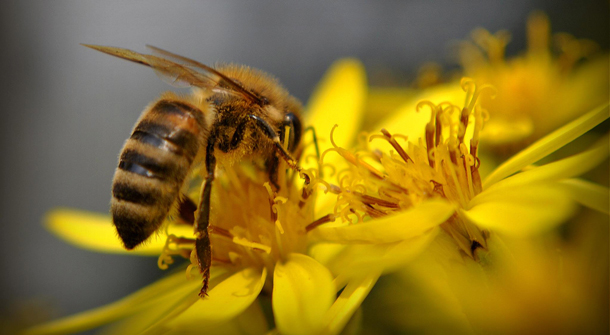Production
HONEY PRODUCTION
The field bee collects nectar from flowers by sucking the nectar into its honey stomach. Already on its way back to the hive, the bee mixes enzymes into the nectar in its honey stomach, and the hive bees then continue this mixing process. Whilst doing this, the hive bees squirt the nectar back and forth between their honey stomach and their proboscis in order to help evaporate excess humidity. After about 20 minutes of this treatment, the nectar is inserted in small drops into cells where moisture evaporates and the substances are further modified. Once the humidity is down to 17-18%, the cells are filled and covered with a layer of wax. Thus, the enzymes that the bees have added and the evaporation of moisture together turn the nectar into honey, which now contains less than 20% of water, more than 70% of sugar and approx. 6% of various compounds, acids and minerals.
DID YOU KNOW: During their entire lifespan (35-45 days), worker bees always have specific duties for a few days at a time. Whilst they are 12-15 days old, the worker bees produce wax from their wax glands, with which they build wax combs. This beeswax is collected, cleaned and it is used for candles, for furniture and shoe polish and it also used by the cosmetic and pharmaceutical industries.


